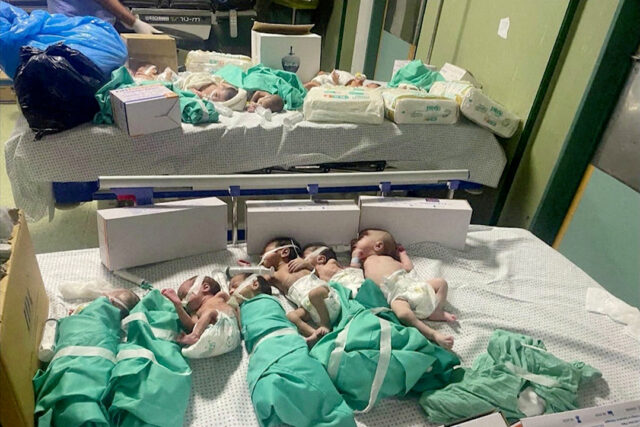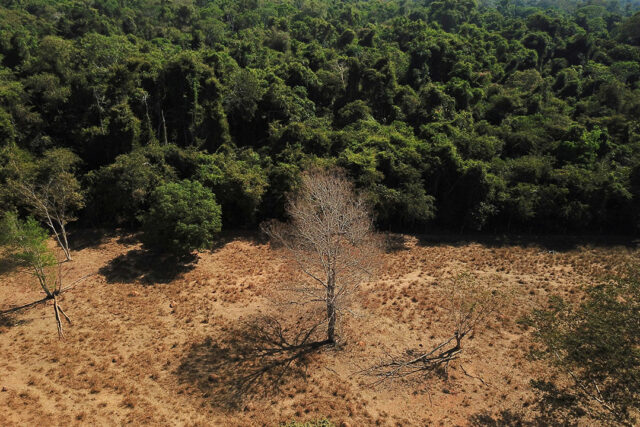Rejigged Beermen launch PBA Season 48 bid against NLEX
Games Wednesday
(Ynares Center, Antipolo)
4 p.m. — Terrafirma vs Blackwater
8 p.m. — San Miguel Beer vs NLEX
SAN Miguel Beer (SMB) surely won’t be wanting in hunger as it launches its bid in the PBA Season 48 Commissioner’s Cup today against NLEX at the Ynares Center in Antipolo.
Though they already regained lost glory in the centerpiece Philippine Cup last season, the rejigged Beermen haven’t found success in import-flavored tournaments since dismantling their old “Death Squad.”
“We haven’t won (an import-laden conference) since the time of Mr. McCullough,” SMB coach Jorge Gallent said, referring to the 2019 edition of the Commissioner’s Cup with Chris McCullough as spearhead.
SMB embarks on this quest with a fit-again June Mar Fajardo and Terrence Romeo and the rest of the gang along with promising new recruits Jeron Teng and Kyt Jimenez and new import Ivan Aska.
Mr. Fajardo missed the tail end of the Season 46 Governors’ Cup due to medial collateral ligament or MCL injury but has since returned, helping Gilas Pilipinas cop the coveted gold in the Hangzhou Asian Games and winning his seventh Most Valuable Player (MVP) plum.
Mr. Fajardo, who reunites with Asiad teammates CJay Perez, Marcio Lassiter and Chris Ross, plus Mo Tautuaa, Simon Enciso, Jericho Cruz and Mr. Romeo, who’s back after missing the last conference due to hamstring issues.
At 8 p.m., the Beermen face a Road Warriors team (0-1) out to bounce back from a sorry 101-113 loss to Phoenix last week.
Interestingly, NLEX is headlined by Thomas Robinson, who would have played for SMB last year if not for a back injury. Mr. Robinson debuted with 25 points, six rebounds and four steals for NLEX but committed 10 turnovers.
Meanwhile, Blackwater (1-1) and Terrafirma (0-1) clash at 4 p.m. with similar pull-around intentions.
Failing to sustain the momentum from their 103-84 opening win over Converge, the Bossing lost to Meralco, 84-91, last Saturday. The Dyip yielded to NorthPort in their season curtain-raiser, 103-108.
Fancied Dyip rookie Stephen Holt vowed a better showing after going two-of-nine in his 11-point maiden game.
“I’m known as a shooter. I put in the work my whole entire career. Being a pro is making adjustments. If my shots aren’t falling, I still have to shoot it, find ways to help the team out. I thought defensively, I played pretty well. It’s just one loss. We can’t put our heads down. It’s a long season,” said Mr. Holt. — Olmin Leyba












